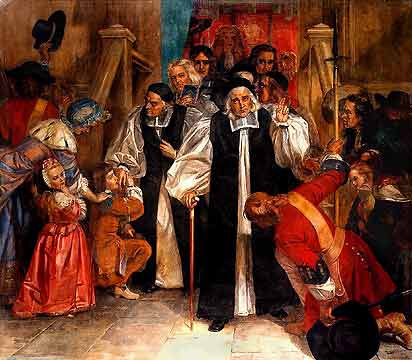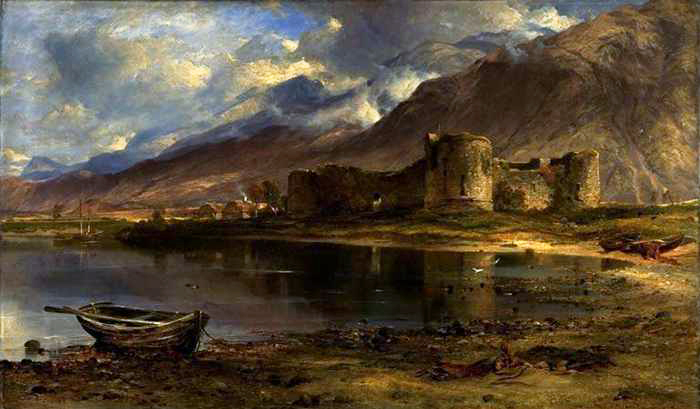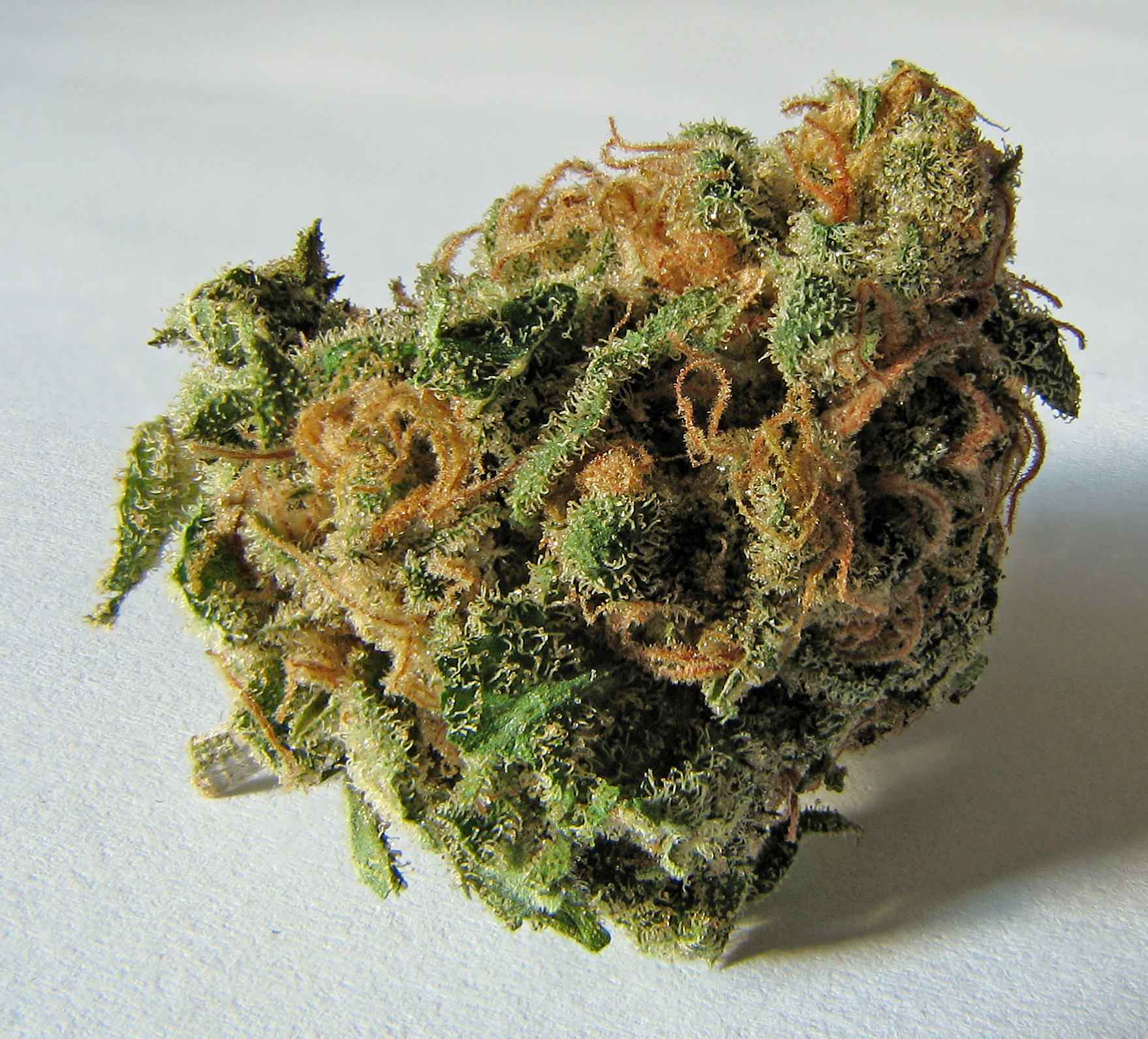|
William Snatt
William Snatt (1645 – 1721) was an English nonjuring clergyman, who came to prominence after a failed Jacobite plot. Life Born at Lewes, he was the son of Edward Snatt, minister and usher of the Southover free school there; in 1629 John Evelyn the diarist was a pupil. William Snatt matriculated from Magdalen College, Oxford, on 14 December 1660, and graduated B.A. in 1664. He was collated to the rectory of Denton, East Sussex, in 1672, obtained a prebend in Chichester Cathedral in 1675, and the rectory of Cliffe St. Thomas, Sussex, in the same year. He subsequently became vicar of Seaford in 1679, and of Cuckfield and Bishopstone in 1681. A devout and consistent high churchman, Snatt resigned all his preferments rather than take the oaths to William III and Mary II. He went to London, where he found friends in Hilkiah Bedford and Jeremy Collier. Like other nonjurors, he incurred the suspicion of popery. This hostile feeling was confirmed in April 1696, when, in company wi ... [...More Info...] [...Related Items...] OR: [Wikipedia] [Google] [Baidu] |
Nonjuring Schism
The Nonjuring schism refers to a split in the State religion, established churches of England, Scotland and Ireland, following the deposition and exile of James II of England, James II and VII in the 1688 Glorious Revolution. As a condition of office, clergy were required to swear allegiance to the ruling monarch; for various reasons, some refused to take the oath to his successors William III of England, William III and II and Mary II of England, Mary II. These individuals were referred to as ''Non-juring'', from the Latin verb ''iūrō'', or ''jūrō'', meaning "to swear an oath". In the Church of England, an estimated 2% of priests refused to swear allegiance in 1689, including nine bishops. Ordinary clergy were allowed to keep their positions but after efforts to compromise failed, the six surviving bishops were removed in 1691. The schismatic Non-Juror Church was formed in 1693 when William Lloyd (bishop of Norwich), Bishop Lloyd appointed his own bishops. His action was opp ... [...More Info...] [...Related Items...] OR: [Wikipedia] [Google] [Baidu] |
Sir William Parkyns
Sir William Parkyns or Perkins (1649?–1696) was an English lawyer and Jacobitism, Jacobite conspirator, executed for high treason. Life The son of William Parkyns, a London merchant, he was born in London about 1649. He was admitted to the Inner Temple in 1671, and was called to the bar in 1675. He was knighted at Whitehall Palace on 10 June 1681. Parkyns acquired a good practice, and, inheriting wealth from his father, became prominent in the London as an adherent of the court party, an "abhorrer" at the time of the Exclusion Bill, and, after the Glorious Revolution, as an inveterate Jacobite. In fact, in order to retain his office as one of the six clerks in the Court of Chancery, he had taken the oath of allegiance to William III. After the death of Mary II of England, Queen Mary in 1695 Parkyns associated with Sir George Barclay, Robert Charnock, Captain George Porter (conspirator), George Porter, Cardell Goodman, "Scum" Goodman, and others, in their Jacobite assassination ... [...More Info...] [...Related Items...] OR: [Wikipedia] [Google] [Baidu] |
1645 Births
Events January–March * January 3 – The Long Parliament adopts the ''Directory for Public Worship'' in England, Wales, Ireland and Scotland, replacing the Book of Common Prayer (1559). Holy Days (other than Sundays) are not to be observed. * January 10 – Archbishop of Canterbury William Laud is executed for treason on Tower Hill, London. * January 14 – English Civil War: Fairfax is appointed Commander-in-Chief. * January 29 – English Civil War: Armistice talks open at Uxbridge. * February 2 – Battle of Inverlochy: The Covenanters are defeated by Montrose. * February 15 – English Civil War: The New Model Army is officially founded. * February 28 – English Civil War: Uxbridge armistice talks fail. * March 4 – English Civil War: Prince Rupert leaves Oxford for Bristol. * March 5 – Thirty Years' War – Battle of Jankau: The armies of Sweden decisively defeat the forces of the Holy Roman Empire, in one of ... [...More Info...] [...Related Items...] OR: [Wikipedia] [Google] [Baidu] |
Misdemeanour
A misdemeanor (American English, spelled misdemeanour elsewhere) is any "lesser" criminal act in some common law legal systems. Misdemeanors are generally punished less severely than more serious felonies, but theoretically more so than administrative infractions (also known as minor, petty, or summary offences) and regulatory offences. Typically, misdemeanors are punished with monetary fines or community service. Distinction between felonies and misdemeanors A misdemeanor is considered a crime of lesser seriousness, and a felony one of greater seriousness. The maximum punishment for a misdemeanor is less than that for a felony under the principle that the punishment should fit the crime. One standard for measurement is the degree to which a crime affects others or society. Measurements of the degree of seriousness of a crime have been developed. In the United States, the federal government generally considers a crime punishable with incarceration for not more than one ... [...More Info...] [...Related Items...] OR: [Wikipedia] [Google] [Baidu] |
Sir Bartholomew Shower
Sir Bartholomew Shower (1658–1701) was an English lawyer and politician, Recorder of London and a distinguished High Tory. Life He was born in Northgate Street, Exeter, on 14 December 1658, the third son of William Shower, merchant, of Exeter, by his wife Dorcas, daughter of John Anthony. John Shower was his brother. Educated in his native city, Bartholomew came to London early in 1675, entered the Middle Temple on 9 September 1676, was called to the bar on 21 May 1680, and became known as a pleader. In 1683 he achieved prominence as an adherent of the court party by publishing a pamphlet against the executed William Russell, Lord Russell and his partisans. He followed it up in the same year with ''The Magistracy and Government of England Vindicated''. In 1684 he moved from the Temple into Chancery Lane, and next year was appointed deputy recorder under Sir John Holt. Shower was knighted by James II at Whitehall on 12 May 1687, and was made recorder of London in place of Sir ... [...More Info...] [...Related Items...] OR: [Wikipedia] [Google] [Baidu] |
Court Of King's Bench (England)
The Court of King's Bench, formally known as The Court of the King Before the King Himself, was a court of common law in the English legal system. Created in the late 12th to early 13th century from the '' curia regis'', the King's Bench initially followed the monarch on his travels. The King's Bench finally joined the Court of Common Pleas and Exchequer of Pleas in Westminster Hall in 1318, making its last travels in 1421. The King's Bench was merged into the High Court of Justice by the Supreme Court of Judicature Act 1873, after which point the King's Bench was a division within the High Court. The King's Bench was staffed by one Chief Justice (now the Lord Chief Justice of England and Wales) and usually three Puisne Justices. In the 15th and 16th centuries, the King's Bench's jurisdiction and caseload was significantly challenged by the rise of the Court of Chancery and equitable doctrines as one of the two principal common law courts along with the Common Pleas. To recov ... [...More Info...] [...Related Items...] OR: [Wikipedia] [Google] [Baidu] |
Newgate Prison
Newgate Prison was a prison at the corner of Newgate Street and Old Bailey Street just inside the City of London, England, originally at the site of Newgate, a gate in the Roman London Wall. Built in the 12th century and demolished in 1904, the prison was extended and rebuilt many times, and remained in use for over 700 years, from 1188 to 1902. For much of its history, a succession of criminal courtrooms were attached to the prison, commonly referred to as the "Old Bailey". The present Old Bailey (officially, Central Criminal Court) now occupies much of the site of the prison. In the late 1700s, executions by hanging were moved here from the Tyburn gallows. These took place on the public street in front of the prison, drawing crowds until 1868, when they were moved into the prison. History In the early 12th century, Henry II instituted legal reforms that gave the Crown more control over the administration of justice. As part of his Assize of Clarendon of 1166, he requi ... [...More Info...] [...Related Items...] OR: [Wikipedia] [Google] [Baidu] |
Middlesex
Middlesex (; abbreviation: Middx) is a Historic counties of England, historic county in South East England, southeast England. Its area is almost entirely within the wider urbanised area of London and mostly within the Ceremonial counties of England, ceremonial county of Greater London, with small sections in neighbouring ceremonial counties. Three rivers provide most of the county's boundaries; the River Thames, Thames in the south, the River Lea, Lea to the east and the River Colne, Hertfordshire, Colne to the west. A line of hills forms the northern boundary with Hertfordshire. Middlesex county's name derives from its origin as the Middle Saxons, Middle Saxon Province of the Anglo-Saxon England, Anglo-Saxon Kingdom of Essex, with the county of Middlesex subsequently formed from part of that territory in either the ninth or tenth century, and remaining an administrative unit until 1965. The county is the List of counties of England by area in 1831, second smallest, after Ru ... [...More Info...] [...Related Items...] OR: [Wikipedia] [Google] [Baidu] |
Grand Jury
A grand jury is a jury—a group of citizens—empowered by law to conduct legal proceedings, investigate potential criminal conduct, and determine whether criminal charges should be brought. A grand jury may subpoena physical evidence or a person to testify. A grand jury is separate from the courts, which do not preside over its functioning. Originating in England during the Middle Ages, grand juries are only retained in two countries, the United States and Liberia. Other common law jurisdictions formerly employed them, and most others now employ a different procedure that does not involve a jury: a preliminary hearing. Grand juries perform both accusatory and investigatory functions. The investigatory functions of grand juries include obtaining and reviewing documents and other evidence, and hearing sworn testimonies of witnesses who appear before it; the accusatory function determines whether there is probable cause to believe that one or more persons committed a particula ... [...More Info...] [...Related Items...] OR: [Wikipedia] [Google] [Baidu] |
Imposition Of Hands
The laying on of hands is a religious practice. In Judaism '' semikhah'' ( he, סמיכה, "leaning f the hands) accompanies the conferring of a blessing or authority. In Christian churches, this practice is used as both a symbolic and formal method of invoking the Holy Spirit primarily during baptisms and confirmations, healing services, blessings, and ordination of priests, ministers, elders, deacons, and other church officers, along with a variety of other church sacraments and holy ceremonies. A similar practice of laying on of hands is also used in Navajo religious ceremonies. Jewish tradition The laying on of hands was an action referred to on numerous occasions in the Hebrew Bible to accompany the conferring of a blessing or authority. Moses ordained Joshua through '' semikhah''—i.e. by the laying on of hands: , . The Bible adds that Joshua was thereby "filled with the spirit of wisdom". Moses also ordained the 70 elders (). The elders later ordained their successors ... [...More Info...] [...Related Items...] OR: [Wikipedia] [Google] [Baidu] |
Absolution
Absolution is a traditional theological term for the forgiveness imparted by ordained Christian priests and experienced by Christian penitents. It is a universal feature of the historic churches of Christendom, although the theology and the practice of absolution vary between denominations. Some traditions see absolution as a sacrament — the Sacrament of Penance. This concept is found in the Catholic Church, Eastern Orthodox Church, Oriental Orthodox Churches, Assyrian Church of the East and the Lutheran Church. In other traditions, including the Anglican Communion and Methodism, absolution is seen as part of the sacramental life of the church, although both traditions are theologically predicated upon the Book of Common Prayer, which counts absolution amongst the five rites described as "Commonly called Sacraments, but not to be counted for Sacraments of the Gospel". Confession and Absolution is practiced in the Irvingian Churches, though it is not a sacrament. The concept ... [...More Info...] [...Related Items...] OR: [Wikipedia] [Google] [Baidu] |
Jacobite Assassination Plot 1696
The 1696 Jacobite assassination plot was an unsuccessful attempt led by George Barclay to ambush and kill William III and II of England, Scotland and Ireland in early 1696. Background One of a series of plots by Jacobites to reverse the Glorious Revolution of 1688–1689, the plot of 1696 had been preceded by the "Ailesbury plot" of 1691–1692. Strictly the "Fenwick plot" of 1695 is distinct from the assassination plot of 1696. The successor was the proposed French invasion of Scotland of 1708. Robert Charnock had served under John Parker in the Jacobite cavalry at the Battle of the Boyne in 1690. In 1694 he was put in command of forces raised in the London area by Parker, for a potential Jacobite rising against William III and Mary II. Parker also drew in George Porter and Sir William Parkyns. He left the country in the middle of 1694. By then Charnock was discussing a plan to kidnap William III and take him to France. Mixed messages from James II confused the issue, and ... [...More Info...] [...Related Items...] OR: [Wikipedia] [Google] [Baidu] |




.jpg)


